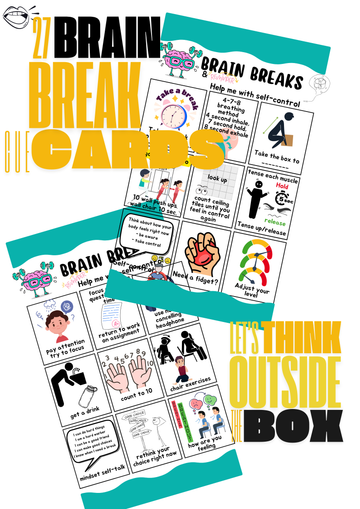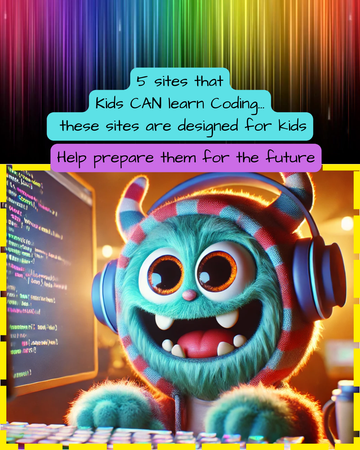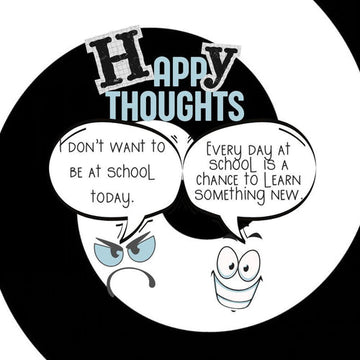Why Brain Breaks in Classrooms Are More Important Than Ever
As a teacher, I see it every day: kids staring at screens for hours on end, their eyes slightly glazed, their bodies fidgeting, and their focus slipping away like sand through fingers. In today’s digital world, where children spend an average of 7.5 hours per day on screens (according to the CDC), the need for brain breaks in the classroom has never been more critical.
The Screen Time Crisis and Its Impact on Kids
Let’s be honest—screens are everywhere. From YouTube videos to video games to online learning platforms, technology is woven into nearly every part of our students’ lives. While there are benefits to educational technology, the overuse of screens has serious consequences for children’s brains and bodies.
Studies show that excessive screen time is linked to:
-
Increased anxiety and stress – Constant digital stimulation can keep kids’ nervous systems in a heightened state of alert, making it harder to focus and regulate emotions.
-
Decreased attention spans – The quick dopamine hits from screens make slower-paced learning activities feel boring, leading to decreased patience and persistence.
-
Poor sleep quality – Blue light exposure before bed disrupts melatonin production, affecting rest and overall mood regulation.
-
Reduced physical movement – More screen time means less time spent on essential motor activities, which help regulate energy and focus.
Now, combine all this with the fact that kids are expected to sit still and concentrate in a traditional classroom setting for 6+ hours a day—it’s no wonder we’re seeing an increase in behavioral challenges and attention difficulties.
Brain Breaks: The Simple Yet Powerful Solution
Brain breaks are short, intentional movement or mindfulness activities that allow students to reset and regulate their nervous systems. They don’t need to be complicated—just a few minutes of movement, deep breathing, or sensory activities can make a huge difference in how kids learn and behave.
When incorporated throughout the school day, brain breaks:
-
Reduce stress and anxiety by helping kids transition out of fight-or-flight mode.
-
Improve focus and attention by breaking up long periods of concentration.
-
Boost physical health by promoting movement and reducing sedentary habits.
-
Enhance emotional regulation by giving students a tool to manage frustration and overstimulation.
Practical Brain Break Ideas for the Classroom
The best brain breaks are simple, engaging, and take no more than 3-5 minutes. Some favorites include:
-
Movement-Based Breaks – Wall push-ups, chair squats, stretching, or quick dance breaks to get the blood flowing.
-
Mindfulness Moments – Deep breathing exercises like 4-7-8 breathing or tracing a figure eight with a finger to promote calmness.
-
Sensory Regulation – Stress ball squeezes, fidget tools, or even holding a weighted object to help ground students.
-
Interactive Group Activities – Quick team challenges, mirror exercises, or partner stretches to re-engage social skills.
Making Brain Breaks a Priority
As educators, we often feel pressured to “get through” the curriculum, but what’s the point if students are too dysregulated to absorb the material? Brain breaks are not a waste of time; they are an investment in students’ learning and well-being. A five-minute reset can prevent 30 minutes of off-task behavior later on.
Let’s be proactive. Let’s normalize movement, mindfulness, and self-regulation in our classrooms. The research backs it, and our students need it more than ever. Because at the end of the day, a regulated brain is a learning brain.
So, the next time you see your students zoning out, fidgeting, or struggling to stay engaged, don’t push harder—pause, reset, and give them the break their brains are begging for. You’ll be amazed at the difference it makes.
What are your favorite brain breaks? Let’s share ideas and help make our classrooms healthier and more effective learning spaces!







